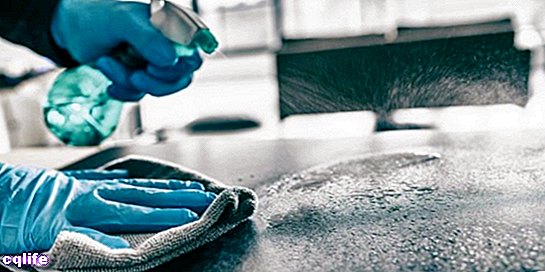We explain what cleaning is, the elements it involves and the origin of the term. Also, what are the cleaning methods.

What is cleaning?
When we talk about cleaning, we usually refer to the act of cleaning, that is, of eliminating dirt and residues that are in an environment, a surface or any object. At the same time, we can refer to the degree of neatness that said space, environment or object has.
The word cleaning comes from the adjective cleansed, which historically was born in the Latin voice limpidus, that is, "clear", "without stains", and which in turn came from clean, "clear water".
In most of the cultures, cleanliness is associated with purity, positivity, and Health, and is an integral part of the measures of hygiene personal and social. Cleaning one's own Body, home and town are part of the responsibilities that we carry out daily to live healthier in society. Likewise, the opposite: dirt, filth and filth, are associated with the negative, corruption and disease.
Typically, cleaning involves the use of Water and some cleaning substance, or the mechanical action of some object (such as a stone, or a brush) on the surface of what you want to clean.
The task of cleaning is to remove impurities, surpluses or stains, and with them the microorganisms capable of causing disease or decomposing food. However, there are "dry" cleaning modes, which do not use liquid water.
In fact, broadly speaking, there are several cleaning methods, such as:
- Manual cleaning, which is carried out with the force of the hands, using brushes, cloths or any other instrument on the surface that we want to clean. It is what we do, for example, when we brush our teeth.
- Cleaning by soaking, in which we submerge what we want to clean in a container full of water and / or detergents, and leave it there for a while. The object is then removed, squeezed and it is observed how much it has been cleaned. If necessary, it is immersed for a little longer. This is what clothes washers do, in different cycles.
- Spray cleaning, which consists of the use of machinery capable of sucking up dirt and excess matter, such as vacuum cleaners, or emitting jets of air or water at high pressure, such as hydraulic guns. This is how they clean cars in car washes, or how we clean our carpets with vacuum cleaners.
- Foam cleaning, in which detergents or organic chemical solvents are used that, when applied to the surface, produce a lot of foam. The latter captures dirt and microorganisms and can then be mechanically removed, leaving the surface clean. This is, in fact, the principle on which soap works.
